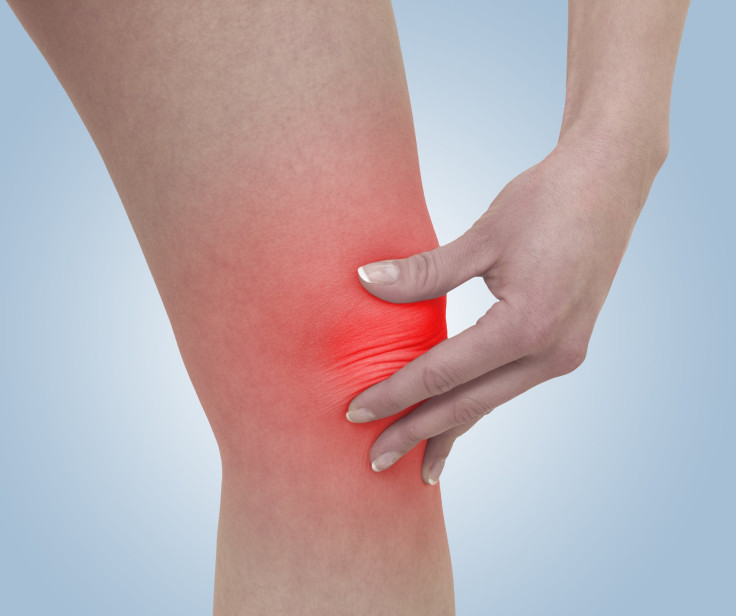Rheumatoid Arthritis Patients Have Better Chance To ‘Live Valued Life’ Than Two Decades Ago: Study

A new study states that people living with rheumatoid arthritis (RA) have an improved quality of life as well as psychological well-being than they had several decades ago. This may be because of improved treatment, including medications as well as physical and psychological therapeutic services for people suffering from RA.
“The results of our study relay the hopeful message to patients that today, in spite of having rheumatoid arthritis, they have a better opportunity to live a full and valued life than 20 years ago,” Cécile Overman, the lead author of the study and a doctoral student in health psychology at Utrecht University in the Netherlands, told Reuters.
Rheumatoid arthritis (RA) is an autoimmune disorder and chronic inflammatory disease, causing swelling in the joints. Unlike osteoarthritis, RA can eventually lead to the erosion of bones, as they begin to grate against one another in the absence of cartilage. RA occurs when the immune system attacks the body’s own tissues, the synovium in particular, which is a membrane lining the joints. The joints then fill up with fluid, causing them to feel stiff, painful, swollen, and warm to the touch.
From 1990 to 2011, the researchers monitored 1,151 patients with RA between the ages of 17 and 86 — 68 percent of whom were female. Two decades ago, 25 percent of patients reported depressed mood, 23 percent anxiety, and 53 percent physical disability. When the researchers followed up in 2011, they found that their depression, anxiety, and physical disabilities had decreased to 14 percent, 12 percent, and 31 percent, respectively. “Therefore, treatment improving over the decades is a likely candidate to explain, at least in part, the improvement in psychological well-being and physical functioning,” Overman wrote.
The Centers for Disease Control and Prevention (CDC) states that some 27 million Americans had osteoarthritis, while about 1.5 million had rheumatoid arthritis, in 2005. Osteoarthritis (OA) is the most common form of arthritis, usually caused by aging joints or even obesity. The knees, neck, wrists, hands, and hips can be affected by most types of arthritis. Overman noted that the tendency to develop rheumatoid arthritis may be genetic. There is the possibility, however, that the environment may trigger the immune system to activate and, in a way, attack itself, causing inflammation in joints. Sometimes there is an underlying infection — either viral or bacterial — that can trigger inflammation.
Treatment for arthritis usually involves some form of physical activity, as staying sedentary can worsen the condition of joints. For patients who are obese, doctors will often encourage them to lose weight in order to take off some of the pressure on the knees and other joints. Anti-inflammatory medication, such as NSAIDs (ibuprofen, Naproxen), are used to bring down the swelling. However, in order to prevent joint destruction, RA patients must also take disease-modifying antirheumatic drugs, or DMARDs.
Source: Overman C, Jurgens M, Bossema E, et al. “Patients with rheumatoid arthritis nowadays are less physically distressed and physically disabled than patients two decades ago.” Arthritis Care & Research. 2013.



























